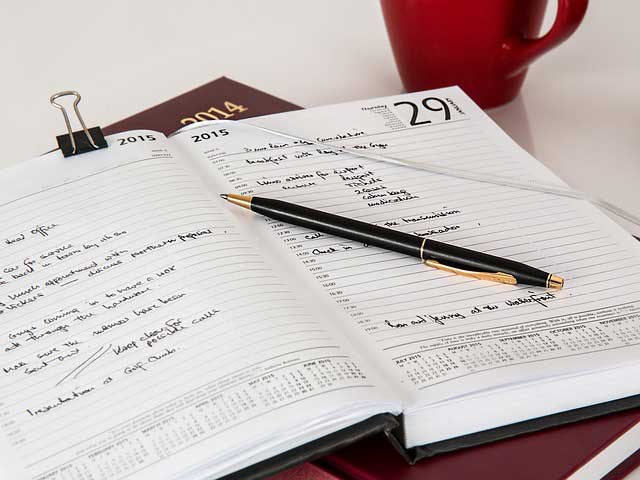Have you heard that it’s important to reduce your distractions to increase your concentration and productivity? Every day, the Internet is bursting with productivity hacks on reducing your distractions, like writing to-do lists, exercising before work, taking up yoga, etc. etc.
While these strategies may work for some people, there are just as many who get tangled up in fluoro post-it notes, and go cross-eyed writing to-do lists that are ultimately a complete waste of energy and can lead to reduced performance, adrenal fatigue and burnout.
These are the people we affectionately know as “fast paced”.
What does “fast-paced” mean?
Typically ‘fast-paced’ people have limited attention spans, prefer to work in short bursts, value punctuality, and access less emails, more often. For example, when these people have three tasks, they will prefer to work on the first task for a short time then move to the second and will keep jumping until all three tasks are complete.
Fast-paced people hate the concept of a day-long conference or long tedious meetings and are probably nagged by their friends to pay attention.
How do I know if I’m fast-paced?
Do you walk in a hurry, despite not being in a rush, prefer to get to the point, and enjoy being active in times of leisure? If so, and if this description resonated with you, chances are that you are fast-paced.
What should I do if I’m fast-paced?
To maximise your performance and productivity on a sustained basis, it is important to decrease your perceived effort levels and create opportunities to be distracted. If you feel like you are working really hard, chances are your performance isn’t where it could be and you are trying to force yourself into working at an unnatural, uninspired pace. To increase your performance whilst decreasing effort, coordinate your schedule so that you work in alignment with your fast-pace and capitalise on peak times of energy throughout the day.
If you are fast-paced, welcome the distractions and break the glorification of long focus periods because your productivity will thrive in short bursts.
Want to live a life that makes you excited? Our LH Planners use our Dream | Define | Do framework, based on proven mindset and productivity research, so we know it will help you achieve what you put your mind to!
Coordinate your schedule so that you work in alignment with your fast-pace and capitalise on peak times of energy throughout the day
Five tips for Fast-Paced Workers:
- Work with your natural level of focus. If you can concentrate for 15 minutes, work on tasks for that long before switching to something else, and then come back to that task later. If you try to push through and focus for longer, the task will end up taking longer than it should, consuming time where you could’ve been productive in other areas, and draining energy unnecessarily.
- Limit meeting lengths to 15 or 30 minutes where possible. (Outlook has a lot to answer for having the default meeting length as 1 hour!) You will thrive on short interactions with punctuated information.
- After condensing meetings from 1 hour to 30 minutes, block out the remaining half hour in your calendar to create time for sidelined tasks. Within a few weeks, you will advance through the same amount of work in 90 minutes less per day, opening up time for exercise and leisure within your schedule, which will further enhance your mind clarity and productivity.
- Diversify your meetings so that you can be productive in multiple areas – lunch meetings, and even walking meetings are in your favour. (Nilofer Merchant does a great TEDX talk on the productivity of walking meetings here).
- Access your emails frequently but at your control. Switch off the email alert button and elect to access your emails every 15 to 30 minutes. Firstly delete anything quickly that doesn’t require your action. Then prioritise the remainder of the items and add them to your to do list, jumping between them.
Give yourself permission to be productive
The biggest block on productivity for the fast-paced is the belief that they are failing, as they are set tasks with a deadline they struggle to meet because they cannot focus efficiently until the task is done. Recognising that you have control over your schedule and tweaking just 30% of your daily structure will make a massive difference to your output and related effort levels. Once you embrace the idea that you can be more productive by working in shorter bursts, it becomes easier to restructure your day, find more chargeable hours and enhance your wellbeing. So, let the distractions roll in…
Vanessa Bennett is a fitness instructor, high performance coach, and CEO of Inside 80 Performance Australia, guiding clients across energy, nutrition and corporate success. Find out your Natural Pace by taking the free Indicator Test on the website. Follow Vanessa on Twitter at @Inside80Aus.
Check out Get Your Life Back ebook by Kasia Gospos, founder of Leaders in Heels, on how you can streamline and automate your business and life so that you have more time for what you really love.




